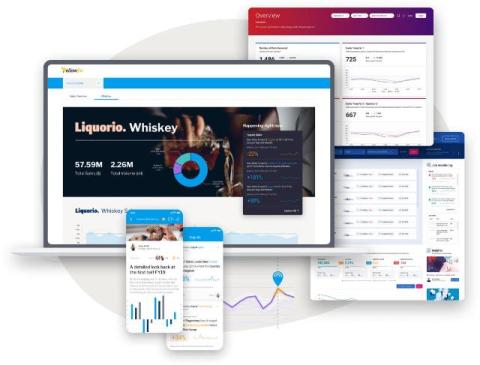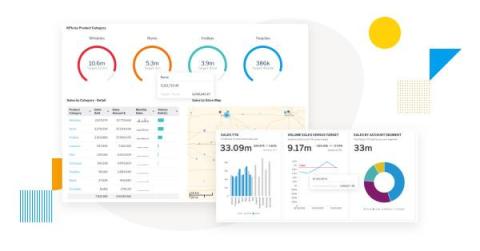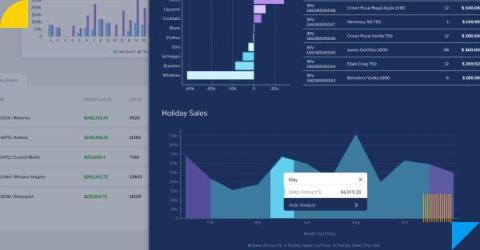Yellowfin Wiki: Getting Started for Developers Guide Now Available
Yellowfin is an embedded analytics solution with several features that can help improve the data preparation, reporting and analysis process for your end-users, and many configurations and customizations for your developers to achieve a seamless integration. With so many development scenarios, use cases and end-user requests unique to your business, however, we understand it can initially be a bit daunting to start your project.











